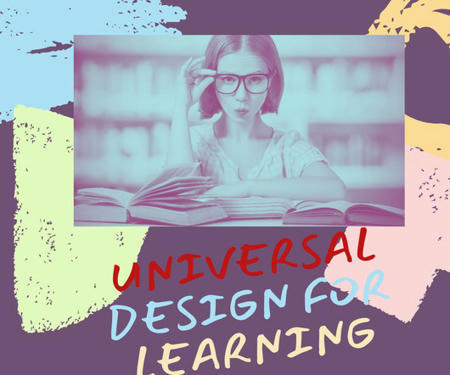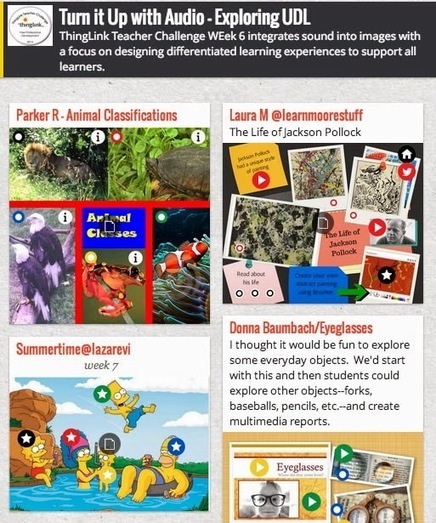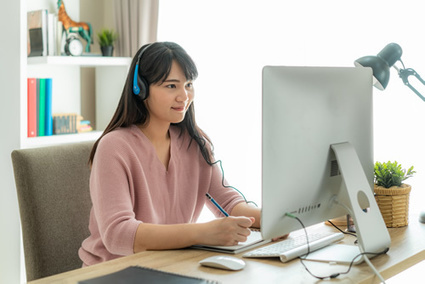Get Started for FREE
Sign up with Facebook Sign up with X
I don't have a Facebook or a X account
 Your new post is loading... Your new post is loading...
 Your new post is loading... Your new post is loading...
No comment yet.
Sign up to comment

Reinhard Paschke's curator insight,
October 3, 2016 1:41 PM
With happiness as with health: to enjoy it, one should be deprived of it occasionally.
Beth Dichter's curator insight,
July 24, 2014 10:55 PM
Are you looking for tools that provide you with the opportunity to create rich, multimedia lessons and that support differentiation? The ThingLink Challenge that has been running this summer had one week that focused on using audio as well as ThingLink (for images and/or video) to design a learning experience. This post from Susan Oxnevad provides great resources. She has embedded a video from CAST that discussed Universal Design for Learning and has links to resources as you watch. Just pause the video and check out the link! You can also check out "Turn it Up with Audioboo on Padlet." This page provides access to a range of ThingLink projects that have audio links. You will need to click on the title of the image, which will take you to a page with a larger view, and on the lower right hand side you should see the word Source (in red) that will take you to the actual ThingLink page. |

Kathleen McClaskey's curator insight,
July 7, 2015 10:02 AM
Luis Perez and Kendra Grant have compiled and described how 27 tools can be used by learners to help them become expert learners. They outline the tools under the three principles of Universal Design for Learning so that educators can relate to how each tool can support learners in more flexible and personalized ways. This is an excellent resource that should be shared far and wide among all educators that want to support the diversity of learners in their classrooms. 
Ressources pour les cours d'anglais's curator insight,
September 5, 2015 3:22 AM
Une appli pour les élèves malentendants est également proposée. |


















